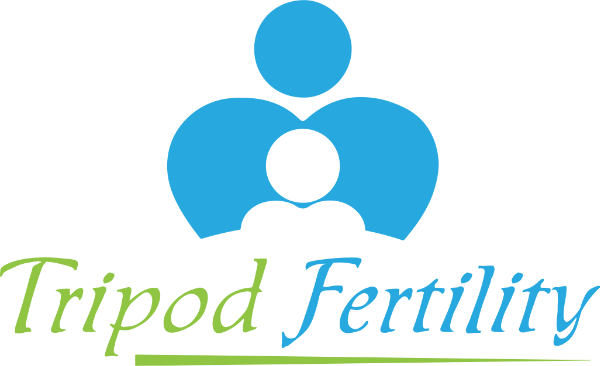
Ontario Fertility Funding 2025: Everything You Need to Know
For anyone who wants children, problems with fertility can be highly stressful. This is only magnified by the expense often involved in pursuing IVF and other fertility treatments. Government funded IVF in Ontario is available at selected clinics with more clinics recently gaining this funding support, including Tripod Fertility. However, IVF fertility funding in Ontario is limited – it covers just one cycle and not everyone is eligible. So, it’s important to understand the process before you apply.
What is the Ontario Fertility Program?
The Ontario Fertility Program is a government scheme to help people struggling to conceive to afford fertility treatment. Launched in 2015, it provides funding to enrolled fertility clinics, including Tripod, for patients seeking fertility treatment. Your chosen participating provider should be able to provide further advice on which fertility funded treatments are available at their clinic, the eligibility criteria, and the application process for funding. They should also be able to inform you of the technicalities of the process. Some clinics may have a wait list, so you should also discuss how long it is likely to take.
At Tripod Fertility, we are pleased to offer government funded IVF in Ontario.
Eligibility for IVF treatment
To access the funded program for IVF, you must be:
- no older than 43 at your time of treatment
- an official Ontario resident enrolled in the Ontario Health Insurance Plan (OHIP) and with a valid Ontario health card
- applying for your first IVF funded cycle. Only one funded IVF cycle is available per person unless you are acting as a surrogate.
The program does not discriminate on the basis of biological sex, gender identity, sexual orientation or marital/family status.
What does fertility funding for IVF in Ontario cover?
If you are eligible for IVF through the program, then the government will fund one complete cycle of in-vitro fertilization (IVF) for you as an individual. This means that your eggs can be gathered, fertilized by collected sperm in a laboratory setting, and then the subsequent embryos transferred into your uterus. If you are acting as a surrogate then you may get funding for an extra IVF cycle outside of your own.
What is not covered?
There are other common costs associated with the IVF process that are not covered by government funding. This includes any associated medication, as well as genetic testing. You will also be responsible for the cost of storing any sperm, eggs or embryos for future use, and any subsequent IVF cycles if the first is unsuccessful. Some of these procedures may alternatively be covered by private medical insurance.
IVF medication is used to stimulate the ovaries so they produce higher numbers of eggs. This medication increases your chances of success. It can cost between $5000 and $8000. Genetic testing, which may cost around $3000, is usually recommended based on age or other risk factors. If you want to store eggs, sperm or embryos for the future, you may be looking at a $600 annual storage fee.
Conclusion
If you are having trouble conceiving, then undoubtedly you are considering all the options available, including IVF fertility treatment. Government funding in Ontario may relieve some of your financial stress and worries. We are delighted that Tripod Fertility has joined clinics who previously had funding, such as Markham Fertility Center, IVF Canada, Trio Fertility, Create Fertility, Hannam Fertility, Anova. We have now become a part of the Ontario Fertility Program that helps expand access to IVF and assists more families to achieve their dream of having children.

